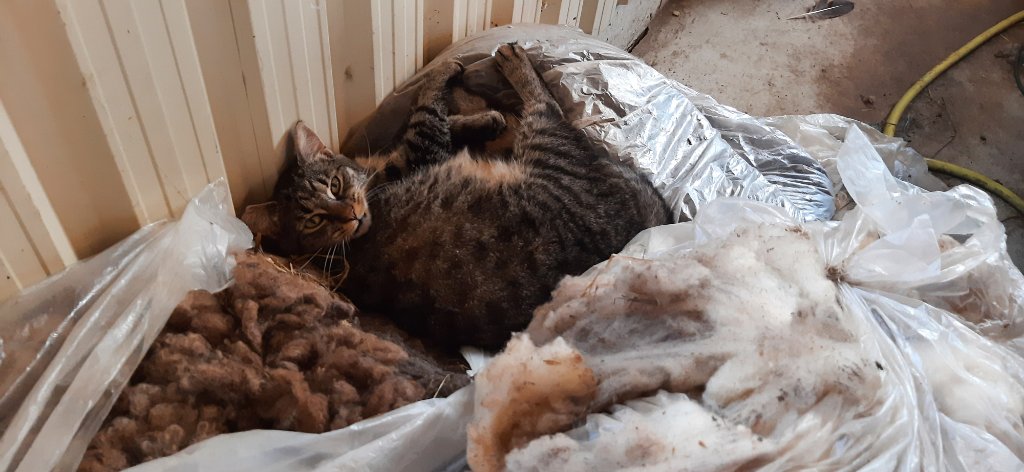Over the past year I’ve been wholly immersed in wool. Not wool as in clothing, but wool as a material, resource, and opportunity. Diving down rabbit holes of how wool is used across time and space has been a fascinating journey.
Wool Fact #1- Wood burns quicker than wool
As I’m sure you realize, it’snot as simple as that. There are many factors involved in determining a material’s fire resistance. Here’s a very simple overview of some of them.

Ignition Temperature or flash-point – the lowest temperature at which something catches fire.
A piece of firewood will begin to ignite at a temperature of 300C on average. Of course, wood species, age, moisture content, and other factors need to be taken into account but it’s all still less than what wool needs to ignite.
Wool is one of the most fire-resistant natural fibres out there. With an ignition point of approximately 580C and needing an ambient oxygen level that is above the natural atmosphere, wool is hard to ignite.
Other natural fibres have even lower ignition temperatures. Cotton ignites at 255C, linen at 310C, and hemp at 340C. Even many synthetic fibres that are commonly used in clothing and interiors such as recycled P.E.T. plastic has an ignition temperature of 350C.
Melting Temperature – the point at which something becomes viscous and liquid-like

Although fire can be bad, what can be even more harmful is materials melting, causing flames to spread. Nylon and polyester are both common plastics. Imagine a plastic bottle that catches fire, melts, then begins to drip hot plastic. Some materials bring the flame with them causing dripping fire, some don’t but can burn the surface the drip falls on. In addition, the plastic, when burning, releases incredibly toxic fumes. Perhaps you’ve detected a strange smell when some clothes are in the dryer too long. That’s probably plastic burning. Wool doesn’t melt, it smoulders. This means that once the source of the heat or flame is taken away, the wool no longer is on fire due to the very high nitrogen levels it has. Nitrogen is often used as a fire suppressant.
Heat of Combustion – The amount of heat released during combustion that is consistent.
Nothing is completely immune to fire, so if conditions are right for materials, even wool, to burn, wool is still an amazing material. Wool releases very little energy at a high temperature which delays and slows combustion. Combined with high nitrogen content, and lack of melting, a layer of charred wool is formed. If it’s hot enough, that charring will continue right through the wool until all the energy has been released, leaving carbon behind.
Conclusion
Well, I guess there should be a list that summarizes all these things into a neat little soundbite. So here it is:
- Wool needs over 500C to ignite
- There isn’t enough oxygen in the atmosphere for wool to burn easily
- Wool doesn’t drip and melt
- Wool doesn’t release toxic gases when heated
- Wool released less heat than many other materials
Until next time!

